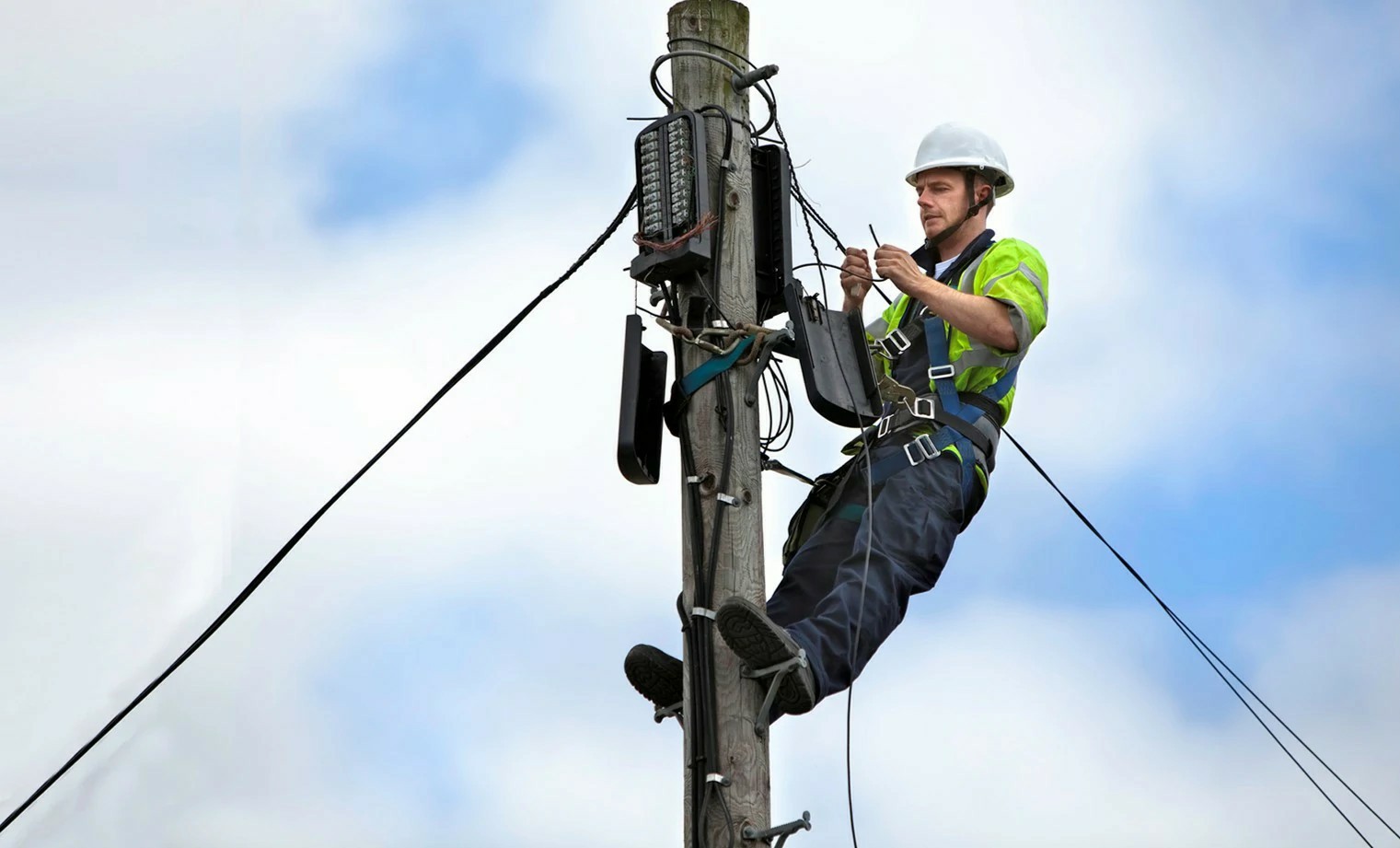Essential Safety Gear for Working at Heights: A Comprehensive Guide for Workers
Working at heights poses significant risks, but with the right safety gear, you can minimize dangers and protect yourself. This guide Delves into crucial safety equipment, their proper use, and maintenance tips to ensure compliance and worker safety. Understanding Working at Heights Training and regularly updating your Working at Heights Certification can also boost your safety measures.
The Importance of Safety Gear in Working at Heights
When performing tasks above ground level, having the correct safety gear is vital to prevent falls and serious injuries. Equipment like harnesses, helmets, and safety shoes provides the necessary protection while allowing you to work efficiently. Compliance with industry safety regulations mandates that employers ensure their employees are equipped with proper safety gear.
Overview of Essential Safety Equipment
- Safety Harnesses: A crucial piece of equipment designed to hold a worker securely, especially when working on scaffolds and ladders. A full-body harness distributes the force of a fall over a larger area.
- Fall Arrest Systems: Composed of anchorage, connectors, and deceleration devices, these systems are vital for preventing falls. Ensure that every component meets safety standards.
- Safety Helmets: Protect your head from falling objects and should be of high quality. Make sure they are fitted properly.
- Safety Shoes: Non-slip, steel-toed shoes can protect your feet from injury and decreases the chance of slipping.
- Gloves: Use gloves that offer both grip and dexterity when handling equipment at heights.
- Lanyards: An important component of any fall protection system, lanyards connect the harness to an anchor point.
- Anchor Points: These must be secure and capable of holding the weight of more than one individual in the case of a fall.
Proper Usage of Safety Gear
How to Use a Safety Harness
Upon wearing a safety harness, ensure that:
- All straps are adjusted snugly but comfortably, allowing for some movement.
- The D-ring is located between the shoulder blades for optimal fall protection.
- You perform a quick check to ensure the harness is not twisted.
Using a Fall Arrest System
To utilize your fall arrest system correctly:
- Always anchor above the worker's position, if possible.
- Regularly check the condition of all components before use.
- Ensure that the lanyard is not longer than necessary.
Maintenance Tips for Safety Equipment
Regular Inspections
Conducting thorough inspections of your safety equipment is essential:
- Keep a checklist for inspections, including checking for tears, fraying, or discoloration.
- Inspect metal components for rust or corrosion.
- Document all inspections to maintain compliance with safety regulations.
Proper Storage
Store your safety gear in a cool, dry place away from direct sunlight:
- Ensure gear is hung properly and not crumpled or twisted.
- Avoid storing gear in damp areas to prevent mold and deterioration.
Industry Safety Regulations
It is mandatory under health and safety laws that employers provide appropriate safety equipment for workers:
- Employees should undergo Certified Working at Heights Training and Working at Heights Safety Course to understand the risks and proper usage of equipment.
- Annual certification renewal ensures ongoing compliance with regulations.
Conclusion
Equipping yourself and your workers with the right safety gear when Working at Heights is crucial for preventing accidents and ensuring compliance with industry regulations. Make safety a priority by ensuring proper usage and maintenance of all equipment. To enhance your skills and ensure safety on the job, consider taking a Working at Heights Course Online.
For further training resources, visit our Working at Heights Course. Contact us at [email protected] for more information on Working at Heights Certification Ireland and tailored training solutions in Dublin, Cork, and Galway.



 349,500 Offered Certificates
349,500 Offered Certificates
 24/7 Online Training
24/7 Online Training
 Money Back Guarantee
Money Back Guarantee
 Fully Accredited Courses
Fully Accredited Courses
